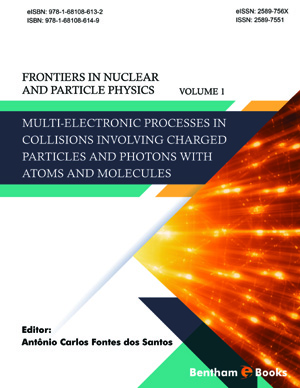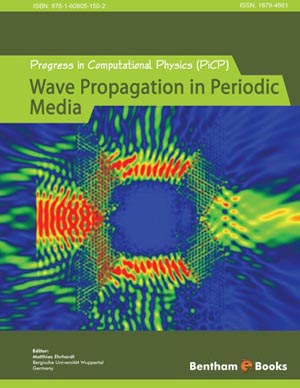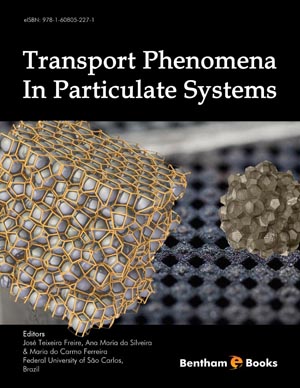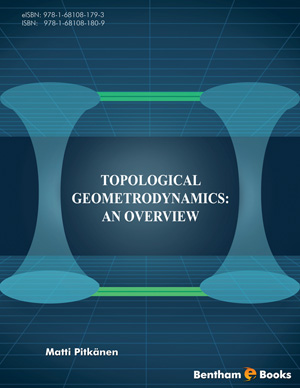Abstract
This chapter considers, (i), the time-dependent ‘tunnel effect’ (as generalization of the stationary one in Section 10.1) and, (ii), coherent states as providing a smooth transition to the classical limit case, Fcl(x, t) = xchδ(x − x(t)), Gcl(p, t) = pchδ(p − p(t)). The reader is encouraged to study several ansatzes for the propagation of a time-dependent wave function into the classically forbidden region. Schrödinger’s 1926 calculations on the classical limit of wave mechanics by means of the invented by him coherent wave functions are completed for the harmonic oscillator. Here, the physical meaning of the weight function FE (x) (see Chapter 3) is most helpful, again.
Keywords: Classical limit, Coherent states, Harmonic oscillator, Limiting function, Schrödinger, Time-dependent tunneling, Tunnel effect.













